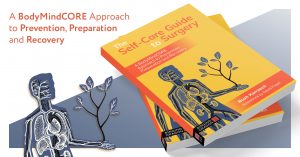Tamsin Grainger has been a Zen Shiatsu practitioner since 1991 and is the co-founder of The Shiatsu School in Edinburgh, as well as being a prolific writer and teacher. Below, she gives a glimpse of what readers can expect from her new book, Working with Death and Loss in Shiatsu Practice.
Introduction
Working with Death and Loss in Shiatsu Practice is a guide to bodywork in palliative care. It looks at how Shiatsu practitioners sit with their clients when they are grieving, how they listen to the bereaved, what language they use at the end of life, and above all their touch.
Because Shiatsu practitioners can address and hold the physical, emotional, mental and spiritual aspects of clients at the same time, as a result of their deep training based on hands-on experience, they are supremely placed to practice in this arena. My book looks at all these levels and provides support for the practitioner who wants to be centred, open-hearted and well primed.
The book contains a wide range of useful and illuminating theory which has been collected together in one volume for the first time. It covers the dying process and the ideas which underly Shiatsu practice as it pertains to loss and palliative care. It looks at the traditional ideas as well as at current teaching, and supports and encourages each individual to find their own confidence.
Knowing what Ki is
Shiatsu practitioners are taught that Ki pervades everything, that everything is made of Ki. Though invisible in its purest form to most human eyes, it may be felt by clients and practitioners alike. Continue reading
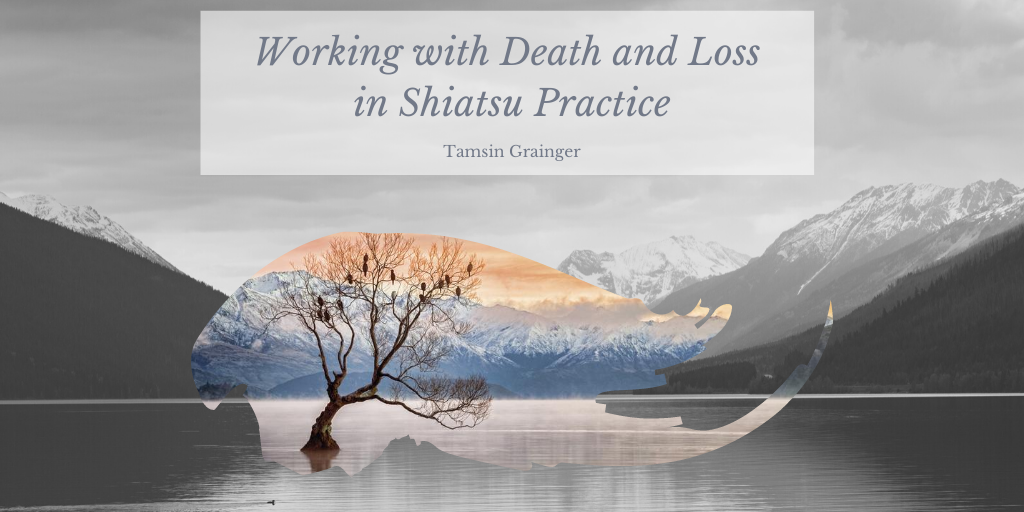
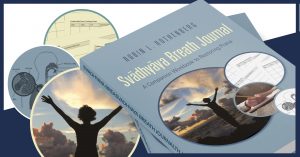 Singing Dragon was proud to publish Restoring Prana: A Therapeutic Guide to Pranayama and Healing Through the Breath for Yoga Therapists, Yoga Teachers, and Healthcare Practitioners by Robin Rothenberg in December 2019, to critical acclaim. We are therefore delighted to announce that
Singing Dragon was proud to publish Restoring Prana: A Therapeutic Guide to Pranayama and Healing Through the Breath for Yoga Therapists, Yoga Teachers, and Healthcare Practitioners by Robin Rothenberg in December 2019, to critical acclaim. We are therefore delighted to announce that 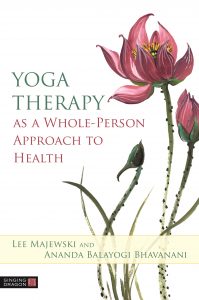
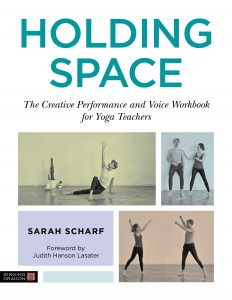
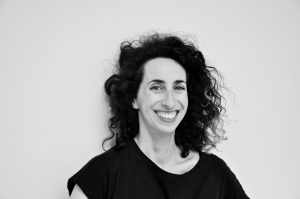 Sarah Scharf, MFA is a yoga teacher, author of the upcoming book,
Sarah Scharf, MFA is a yoga teacher, author of the upcoming book, 